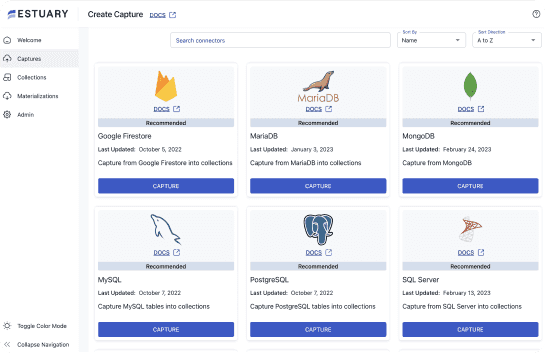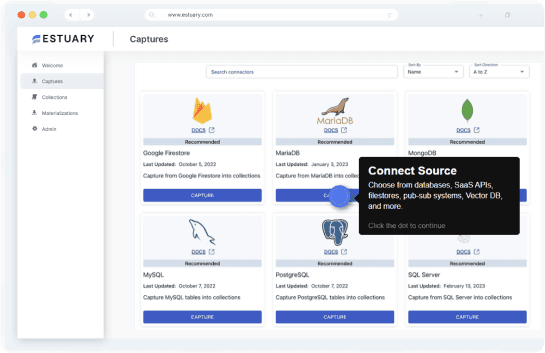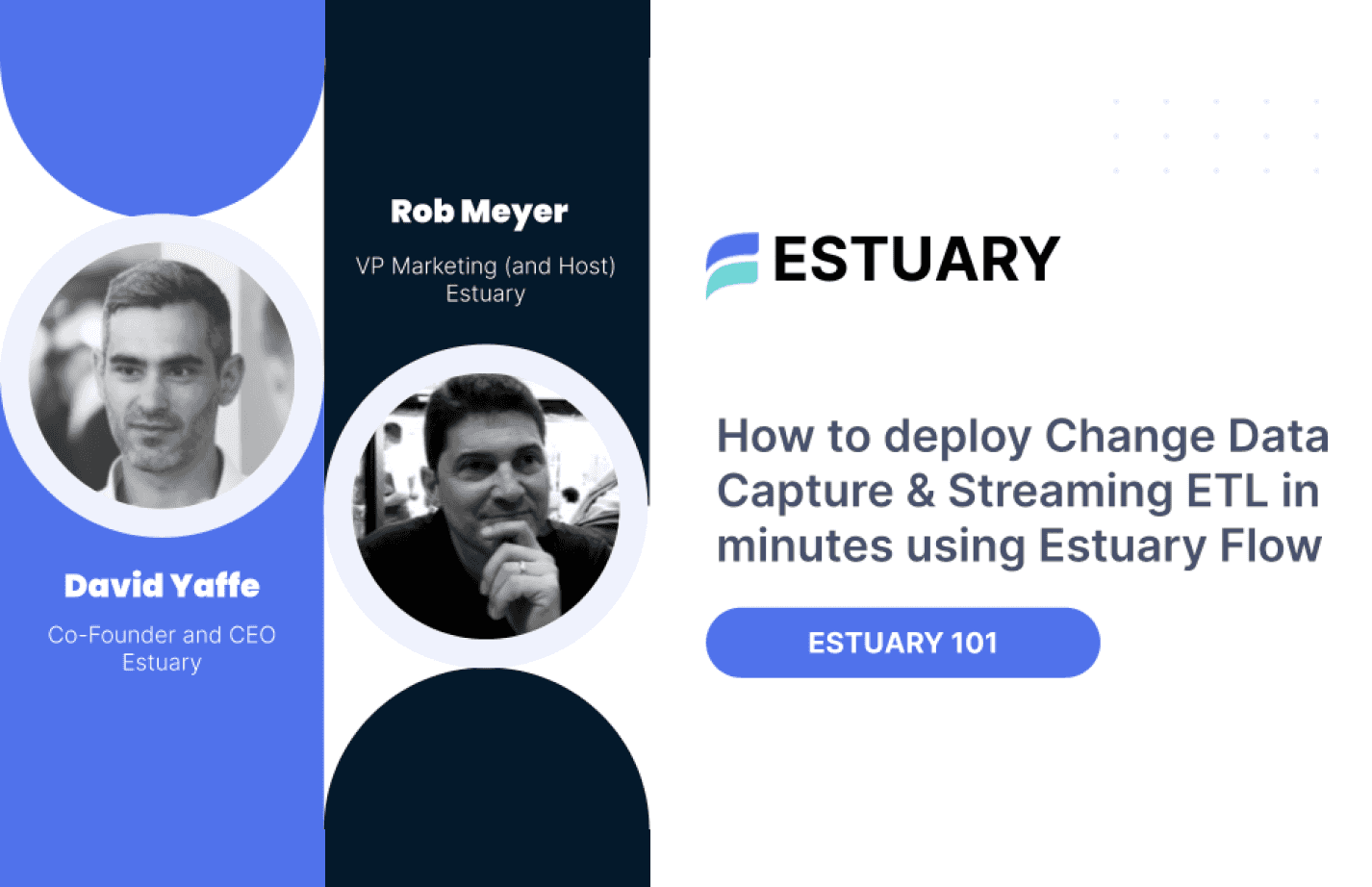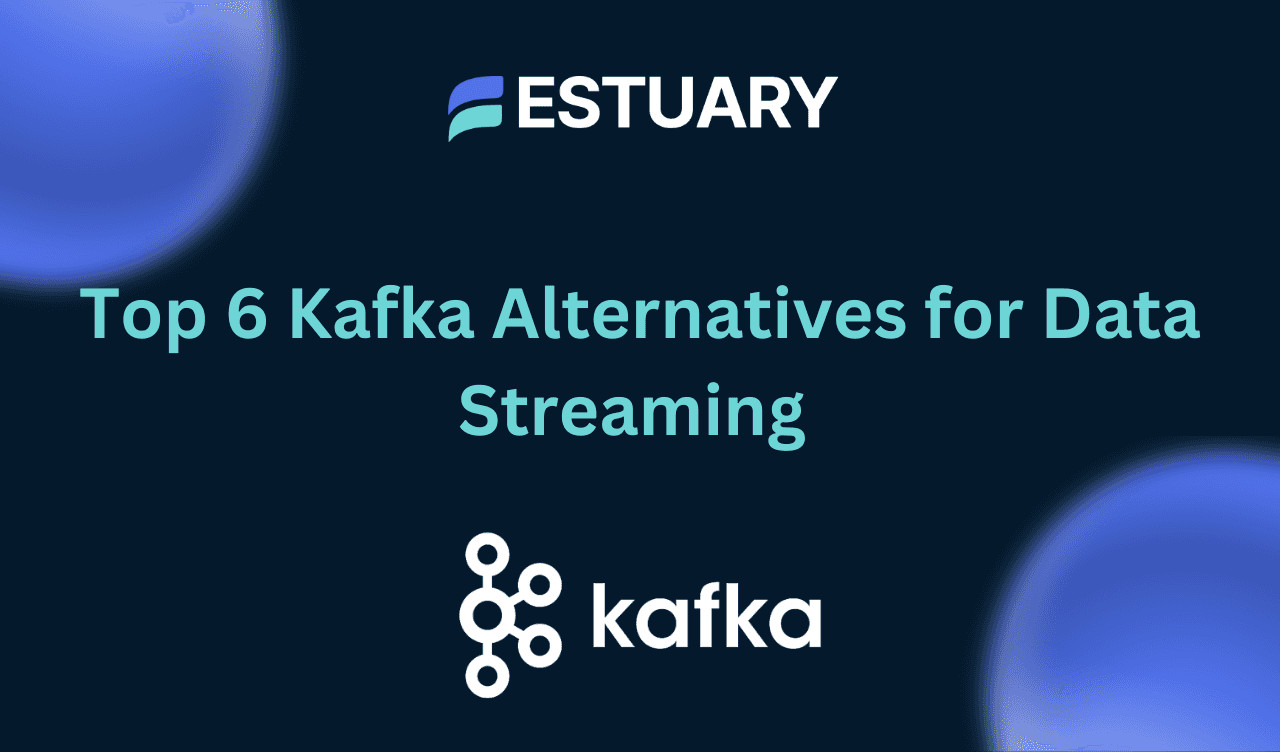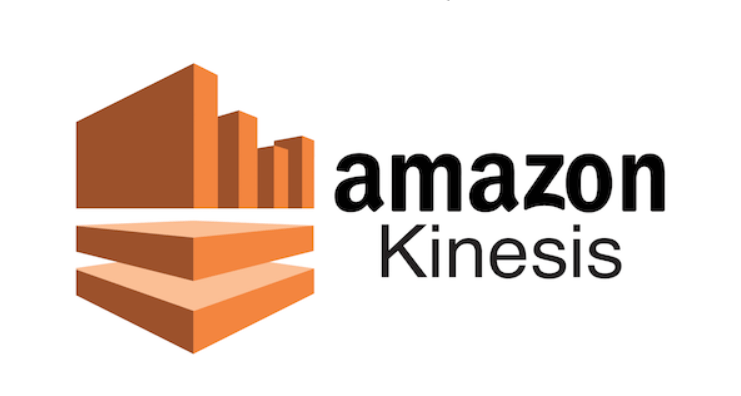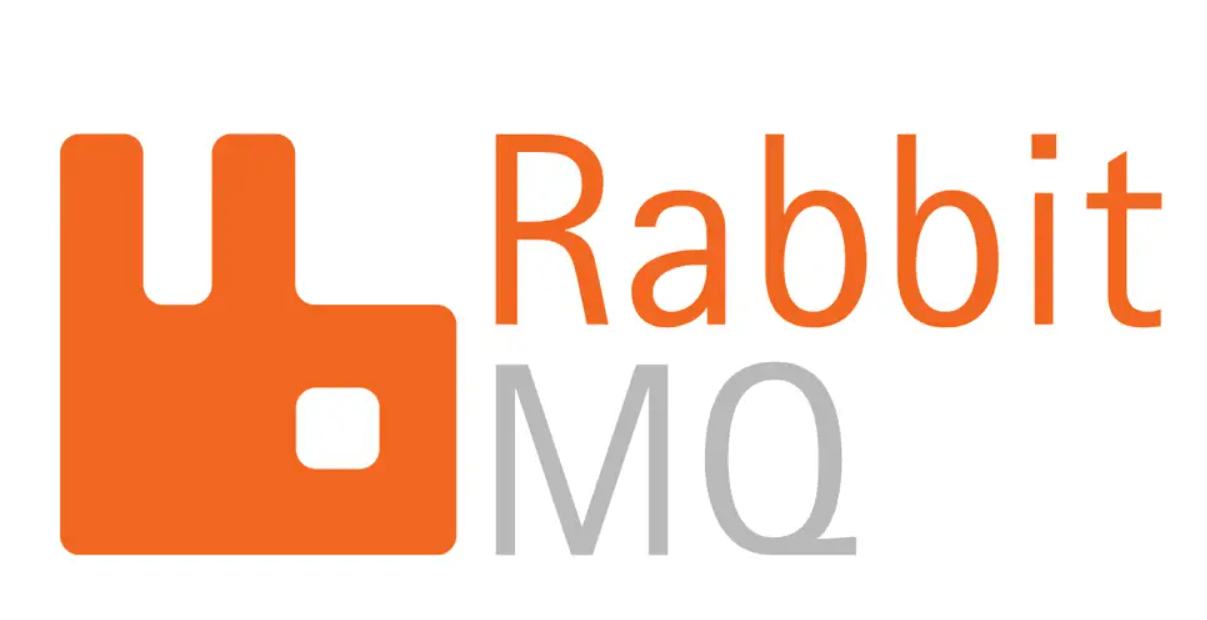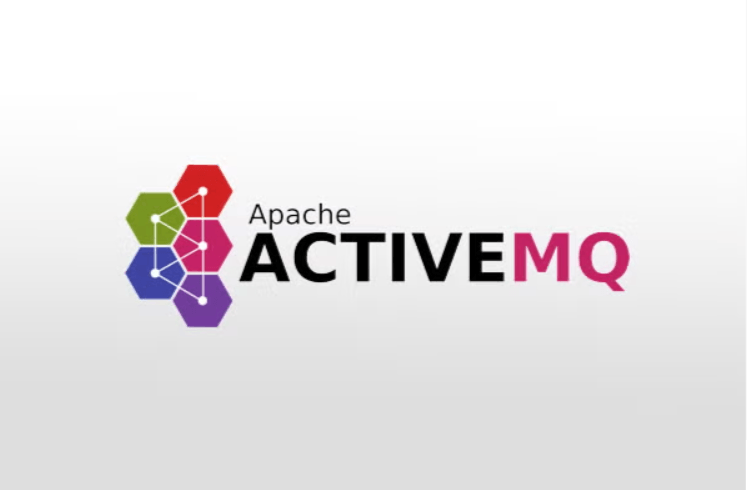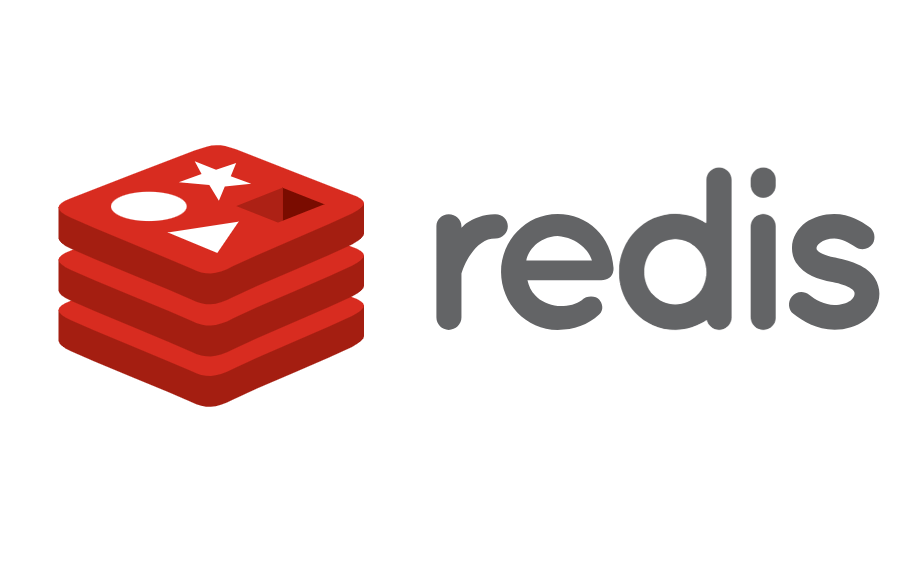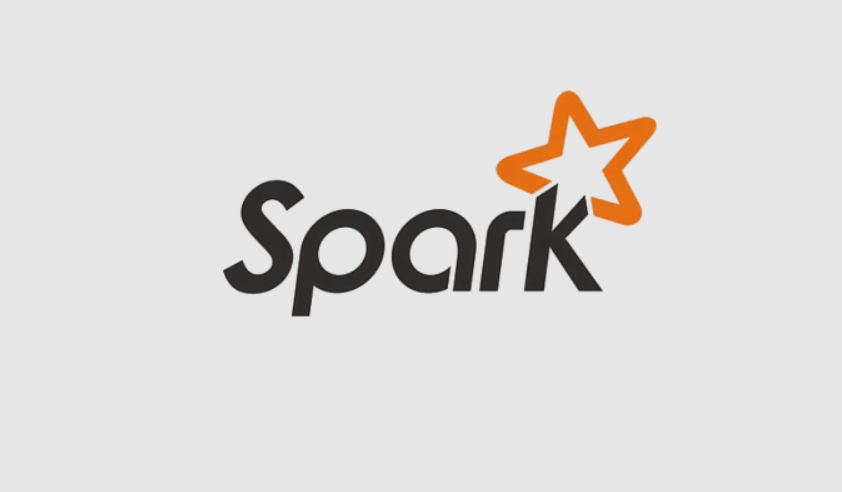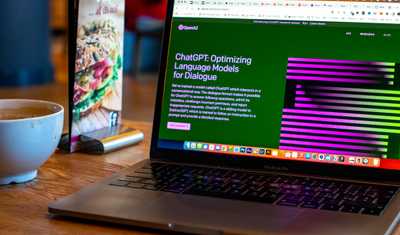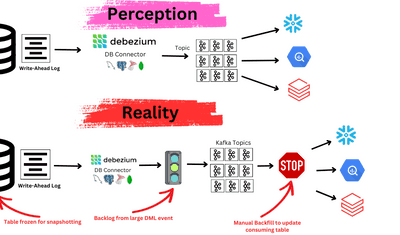
With data playing a crucial role in modern business, real-time data processing is essential for businesses aiming to optimize operations, enhance customer experiences, and maintain a competitive edge. Apache Kafka has long been a dominant player in the world of event streaming, but it may not be the right fit for every organization due to its complexity, resource demands, or infrastructure requirements.
If you’re looking for an alternative to Apache Kafka, several powerful tools offer robust messaging, data streaming, and event-driven architectures. In this guide, we’ll explore the top 6 Kafka alternatives, analyzing their features, strengths, and best use cases.
What is Apache Kafka?
Apache Kafka is an open-source distributed event streaming platform widely used for building real-time data pipelines and applications. It efficiently handles large volumes of data, enabling high-throughput and low-latency message processing.
Strengths of Apache Kafka:
- Scalability: Kafka is highly scalable, making it ideal for handling massive data streams.
- Fault Tolerance: Replication features ensure high availability and reliability.
- High Throughput: Capable of processing millions of messages per second.
- Broad Ecosystem: Integrates seamlessly with various data processing tools.
Weaknesses of Apache Kafka:
- Complex Setup & Management: Requires significant operational expertise.
- High Resource Consumption: Needs substantial infrastructure for optimal performance.
- Latency for Small Messages: Not ideal for real-time transactional data in low-latency environments.
- No Built-in Message Prioritization: Lacks message ordering and prioritization features found in traditional message queues.
6 Best Kafka Alternative Tools
If Kafka doesn’t meet your needs, here are five robust alternatives to consider:
1. Amazon Kinesis
Category: Cloud-Native Data Streaming
Amazon Kinesis is a fully managed cloud-based data streaming service by AWS, designed for real-time analytics and event processing. It eliminates the operational complexity of managing Kafka while providing scalability and high availability. With built-in integrations to AWS services, it enables seamless data ingestion, transformation, and analysis. Kinesis is ideal for applications requiring real-time monitoring, log processing, and anomaly detection.
Key Features:
- Serverless architecture with automatic scaling.
- Supports real-time analytics with AWS services like Lambda and Redshift.
- Native integration with AWS ecosystem.
- Handles video, IoT, and log data ingestion.
- Pay-as-you-go pricing model.
2. RabbitMQ
Category: Message Broker
RabbitMQ is a widely used open-source message broker that supports multiple messaging protocols. It is lightweight, efficient, and well-suited for real-time transactional messaging applications.
Key Features:
- Supports AMQP, MQTT, and STOMP messaging protocols.
- Offers message prioritization and reliable delivery.
- Lightweight and easy to deploy in cloud and on-premise environments.
- Flexible routing mechanisms (exchange types: direct, fanout, topic, and headers).
- Management UI for monitoring and controlling queues.
3. Apache ActiveMQ
Category: Message Broker
Apache ActiveMQ is an enterprise-grade, open-source message broker that offers a range of features for reliable messaging and integration. It supports a variety of communication protocols, making it a flexible choice for different messaging needs. With built-in high availability and advanced routing capabilities, it ensures seamless data flow across distributed systems.
Key Features:
- Supports JMS, AMQP, MQTT, and STOMP.
- High availability with automatic failover.
- Message queuing, topic-based messaging, and virtual topics.
- Flexible persistence options, including JDBC and file-based storage.
- Ideal for enterprises requiring transactional message delivery.
4. Redis (with Redis Streams)
Category: In-Memory Data Store & Message Broker
Redis, known for its ultra-fast in-memory data processing, includes Redis Streams for real-time data streaming and event-driven architectures. It offers built-in message durability and supports time-based and ID-based stream querying, making it highly versatile. With its lightweight yet powerful architecture, Redis Streams is widely adopted for building high-performance event-driven applications.
Key Features:
- Low-latency, high-throughput message streaming.
- In-memory persistence with optional disk-based durability.
- Supports consumer groups for parallel processing.
- Scalable and highly available with Redis Cluster.
- Ideal for real-time applications and microservices.
5. Apache Spark (Structured Streaming)
Category: Distributed Data Processing
Apache Spark provides powerful structured streaming capabilities for real-time data ingestion and analytics at scale. It allows users to process data incrementally as it arrives, ensuring low-latency computations. With built-in fault tolerance and seamless integration with popular storage systems, it is a preferred choice for large-scale, distributed data applications.
Key Features:
- Unified batch and streaming processing framework.
- Supports SQL-based stream processing.
- High-performance distributed computing.
- Integrates with Kafka, Kinesis, and cloud data lakes.
- Ideal for advanced analytics and big data processing.
6. Google Pub/Sub
Category: Cloud-Native Messaging & Event Streaming
Google Pub/Sub is a fully managed real-time messaging service that enables event-driven architectures and scalable message processing. Designed for cloud-native applications, it supports low-latency, asynchronous messaging between applications, services, and data processing systems.
Key Features:
- Fully Managed Service: Eliminates operational complexity with built-in scalability and reliability.
- At-Least-Once & Exactly-Once Delivery: Ensures message durability and data integrity.
- Seamless Google Cloud Integration: Works natively with BigQuery, Dataflow, and Cloud Functions.
- Push & Pull Subscription Models: Supports flexible event processing architectures.
- Strong Security & Access Controls: Provides encryption and IAM-based authentication.
Choosing the Right Kafka Alternative
Selecting the best alternative to Kafka depends on your specific needs and use cases. Here’s a quick comparison to help guide your decision:
| Tool | Best For | Key Strength | Best Use Cases |
| Amazon Kinesis | Cloud-native data streaming | Serverless scalability | IoT, log analytics, AWS workloads |
| RabbitMQ | Message queuing | Lightweight & easy to deploy | Event-driven microservices, messaging |
| Apache ActiveMQ | Enterprise messaging | Robust messaging features | Enterprise applications, legacy systems |
| Redis Streams | Real-time data streaming | Ultra-fast in-memory processing | Financial transactions, real-time analytics |
| Apache Spark | Distributed stream processing | Scalable & SQL-based streaming | Big data processing, machine learning |
| Google Pub/Sub | Cloud-native messaging | Fully managed & scalable | Event-driven architectures, Google Cloud services |
Enhancing Real-Time Data Streaming with Estuary Flow
For businesses seeking a real-time data ingestion and integration solution, Estuary Flow provides a powerful alternative to Kafka. Unlike traditional message brokers or streaming platforms, Estuary Flow enables real-time, change-data-capture (CDC) based data movement between databases, cloud storage, and analytics tools. Its low-latency architecture ensures that businesses can leverage up-to-date information for decision-making and operational efficiency.
Key benefits of Estuary Flow:
- Seamless Integration: Connects to databases, cloud services, and real-time analytics platforms.
- Automated Pipelines: Streamlines data movement without complex setup.
- Scalable & Cost-Effective: Optimized for real-time data streaming with minimal infrastructure overhead.
- Integration with Event Streaming Tools: Estuary Flow includes Kafka Capture and Materialization Connectors, a Kinesis Capture Connector, and Google Pub/Sub Capture and Materialization Connectors, allowing businesses to seamlessly integrate existing streaming pipelines.
- Dekaf for Kafka Compatibility: Estuary offers Dekaf, a powerful tool for translating any data collection into Kafka messages for easier integration and event-based architecture.
By leveraging Estuary Flow, organizations can simplify real-time data streaming and integration while still utilizing existing Kafka or other streaming infrastructure, making it a compelling choice for modern data architectures.
Conclusion
Apache Kafka remains a powerful option for real-time data streaming, but its complexity and infrastructure demands may not suit every organization. Fortunately, alternatives like Amazon Kinesis (cloud-based scalability), RabbitMQ (lightweight messaging), Apache ActiveMQ (enterprise-grade messaging), Redis Streams (ultra-fast in-memory processing), Apache Spark (distributed data processing), and Google Pub/Sub (fully managed event-driven messaging) provide diverse solutions tailored to different use cases.
For businesses seeking real-time data integration with flexibility and ease of use, Estuary Flow offers a modern alternative that simplifies streaming architecture while ensuring low-latency, real-time data movement. With native support for Kafka and Kinesis Capture Connectors and Dekaf for Kafka message translation, Estuary Flow provides seamless interoperability for businesses that rely on these ecosystems.
Whether your focus is on event-driven microservices, cloud-native scalability, or enterprise data pipelines, choosing the right tool depends on your specific business needs, data volume, and operational expertise. By carefully evaluating your use case and scalability requirements, you can select the best Kafka alternative to optimize data streaming and processing for 2025 and beyond.
FAQs on Kafka Alternatives
1. What is the best alternative to Kafka for cloud-based streaming?
Amazon Kinesis is a strong choice for cloud-based streaming, as it is a fully managed service with seamless AWS integration and automatic scaling.
2. Is RabbitMQ a good alternative to Kafka?
Yes, RabbitMQ is a good alternative for message queuing and real-time event-driven applications, especially for businesses that need lightweight and easy-to-deploy messaging solutions.
3. Can Apache Spark Structured Streaming replace Kafka?
Apache Spark Structured Streaming is best suited for distributed data processing and analytics but is not a direct replacement for Kafka’s event-driven architecture.
4. How does Estuary Flow enhance real-time data streaming?
Estuary Flow provides a real-time, change-data-capture (CDC) solution that simplifies data movement between databases, cloud services, and analytics tools without the complexity of traditional streaming platforms.

About the author
Emily is a software engineer and technical content creator with an interest in developer education. She has experience across Developer Relations roles from her FinTech background and is always learning something new.

